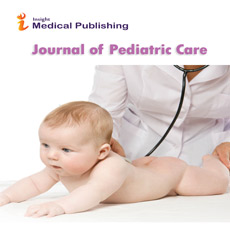Abstract
What's New in Preventing Pediatric Gastrointestinal Bleeding in Critically Ill Patients?
Bleeding from stress-related gastrointestinal mucosa disease in critical patients remains a major clinical management problem in the intensive care unit in both adults and pediatrics. Although the incidence is low (1%-6%), a substantial proportion presents clinical risk factors (such as mechanical ventilation greater than 48 hours and coagulopathies) that predict an increased risk of bleeding. In addition, we can find lesions of the gastrointestinal mucosa in up to 75 to 100% of patients in the ICU. Although rare, stress ulcer bleeding is a serious complication with an estimated high mortality of 40 to 50%, mainly due to decompensation of an underlying condition or multi-organ failure. Although the majority of ICU patients receive stress ulcer prophylaxis, mainly with IBP, there is some controversy surrounding its efficacy and safety. Indeed, no individual trial has shown that stress ulcer prophylaxis reduces mortality. Some reports suggest that the use of IBP increases the risk of nosocomial infections. However, several meta-analyzes and cost-effectiveness studies suggest that IBP are clinically more effective and cost-effective than histamine-2 receptor antagonists (H2RA), without considerable increases in nosocomial pneumonia [1]. In pediatrics gastrointestinal hemorrhages are described in up to 10% of the complications in patients with critical illness of these 1.6% are significant hemorrhages, of these are associated with risk factors such as respiratory failure, coagulopathy or PRISM score>10, with incidences probably even older in neonatal ICUs [2].
Author(s):
Andrea Carolina Zarate Vergara, María Alexandra Pérez Sotelo and Irina Suley Tirado Pérez
Abstract | PDF
Share this

Google scholar citation report
Citations : 130
Journal of Pediatric Care received 130 citations as per google scholar report
Abstracted/Indexed in
- Google Scholar
- China National Knowledge Infrastructure (CNKI)
- Cosmos IF
- WorldCat
- Geneva Foundation for Medical Education and Research
- Secret Search Engine Labs
Open Access Journals
- Aquaculture & Veterinary Science
- Chemistry & Chemical Sciences
- Clinical Sciences
- Engineering
- General Science
- Genetics & Molecular Biology
- Health Care & Nursing
- Immunology & Microbiology
- Materials Science
- Mathematics & Physics
- Medical Sciences
- Neurology & Psychiatry
- Oncology & Cancer Science
- Pharmaceutical Sciences

